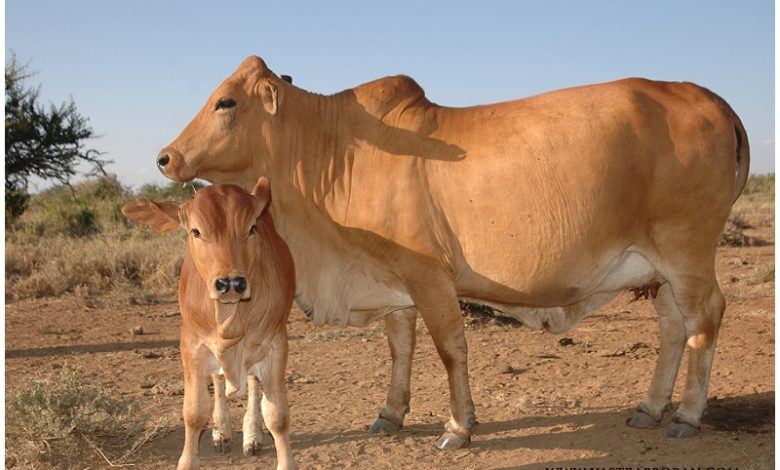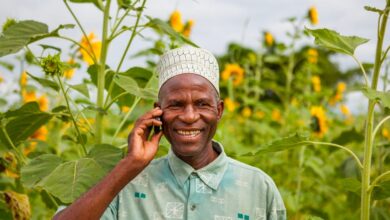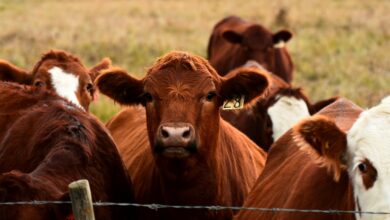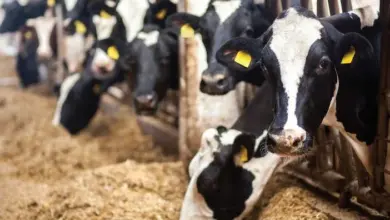
Dear Daktari, I read your article on why our Zebu cattle is diminishing in size with a lot of interest. I am an indigenous cattle breeds fan, although I have exotic crosses the allure of our local breeds is something I seem not to get over. I still have zebus on my farm and I am looking for others. Lately I have been thinking of the Borana, I like the body size of this animal, which has remained bigger unlike zebus. Tell me more about this breed.
Thank you Wangaluwa for the question. First, I am not discouraging the keeping of indigenous breeds. True to your words, every cattle breed has its good and bad side. I known of so many farmers that derive aesthetic value from their cattle, who keep a collection of breeds and if that satiates their life wishes who am I to snatch that?
However, I must give a caveat on the mixed breeds in your farm. You must be aware that successful keeping of cattle comes with a strict disease control regime which your veterinary doctor needs to develop for you. Our indigenous breeds are relatively resistant to diseases and can withstand parasitic attacks. The exotic crosses are not and you need to draw that line lest one breed cause trouble to the other.
By the way did you know that the Boran you are admiring is also a zebu? Yes it is but one whose size has not diminished due to a lot of interest around it by breeders on one hand and the fact that it is mainly found in Arid and Semi-Arid Areas. That pastoralists are good breeders or the nature of pastoralism in itself may explain its relatively big size and increasing productivity.
Boran, a resistant breed
Back to your question. Boran is one of the zebu breeds that is a darling of many cattle enthusiasts that has seen the establishment of Kenya Boran Cattle Breeders Society to further safeguard and advance this special cattle breed. Kenya Agriculture and Livestock Research Organisation also has a breeding programme for boran and has produced improved boran breed.
I am also thinking of keeping that breed on my inherited piece of land in my Lung’anyiro village. That being the case, I have been imbibing literature around this beautiful breed and salivating at the act of possessing a number of these hardy cattle.
The boran cattle breed origin is contested some say it originated from Kenya, on its border with Somali others say its native home is Ethiopia. However, the existence of Borana people in Ethiopia may support that its true origin is indeed Ethiopia. That nonetheless the breed has permeated Africa and other countries in the world courtesy of it many good traits. Boran is very well adapted to the local climatic conditions, it does well in hot areas and cold areas. It is relatively resistant to tick borne infections.
Boran scores highly in most breed aspects. The cows have a good mothering ability and a high fertility. Boran has an excellent temperament and calves easily. The breed cows in a variety of colour ranging from white, brown and red. The cows weigh somewhere between 300 kg to 500 kgs while bulls weigh from 500 kgs upto 850 kgs depending on the breeds. Orma Boran is the smallest Boran cattle. Boran have a characteristic big dewlap and a loose thick skin. They are hardy and can walk for long distances. Boran are also resistant to eye infections and produces good quantities of milk to sustain a commercial endeavour.







